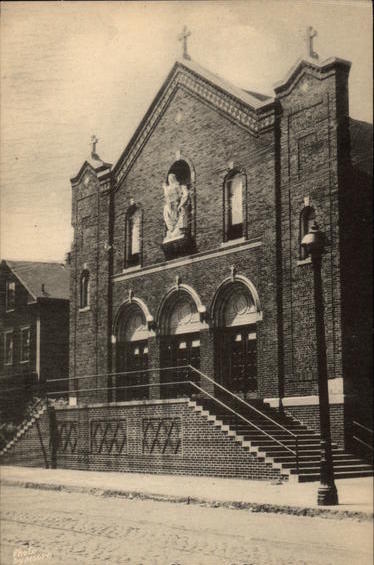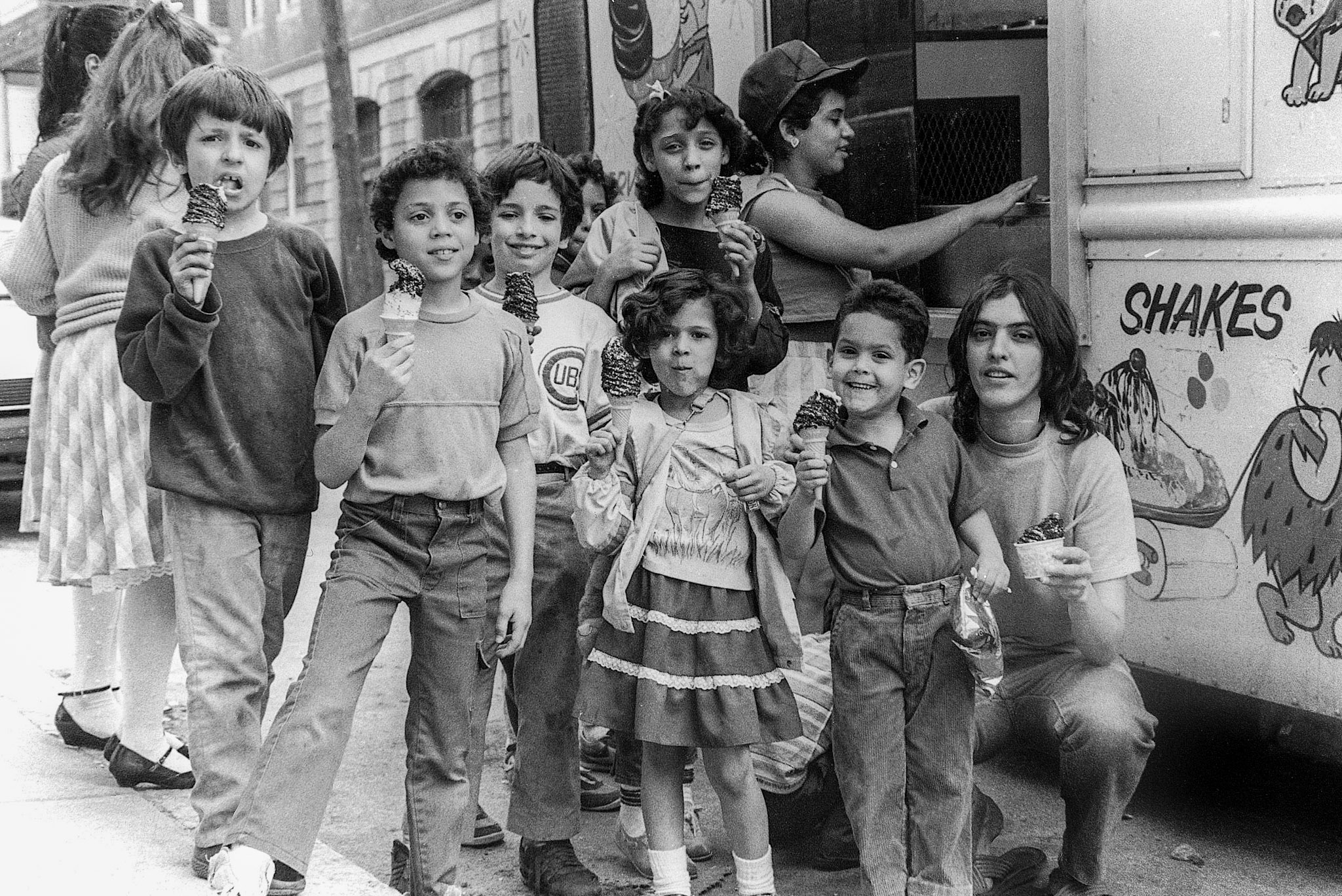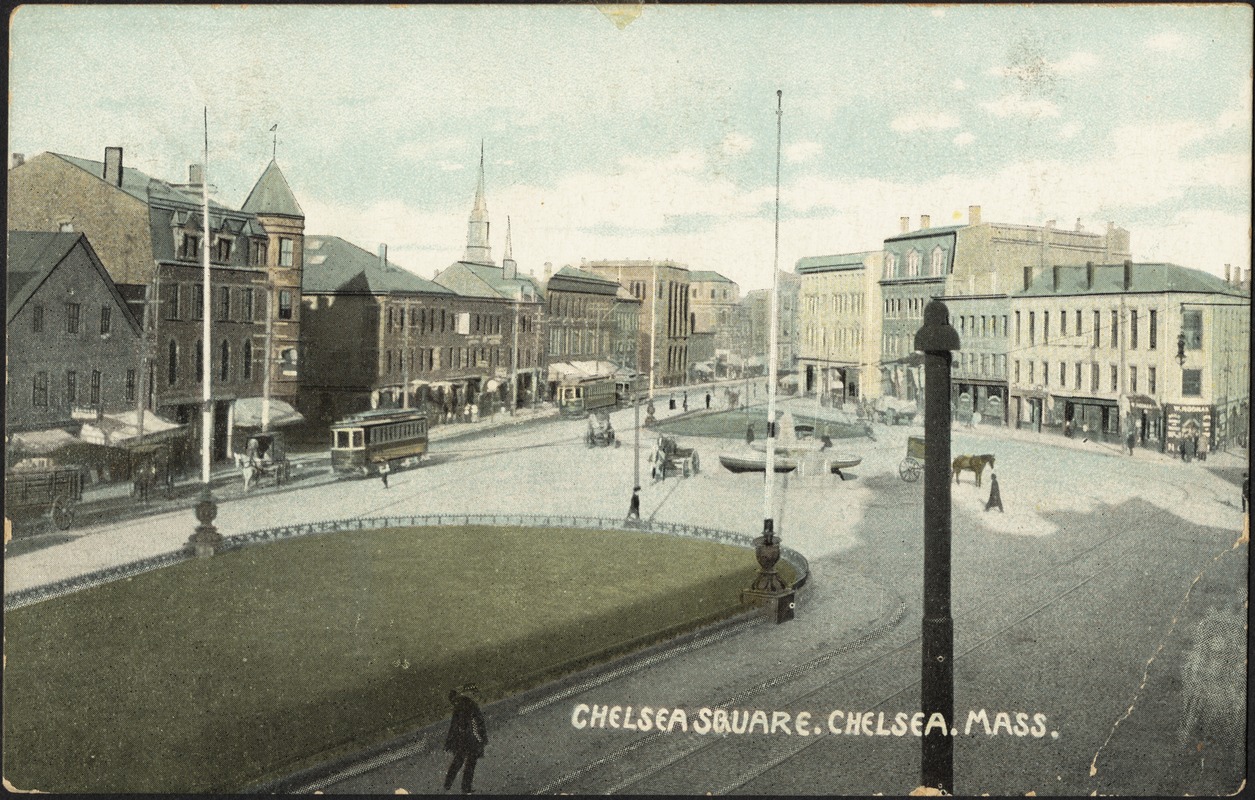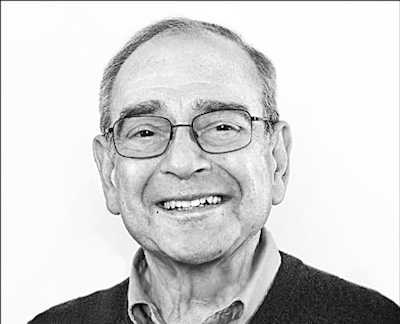Chelsea Square, ca. 1905, just prior to the massive fire of 1908 that would destroy the dowtown but also bring thousands of Jewish and other immigrants to this industrial city north of Boston.
Located across the Mystic River just north of Boston, Chelsea was incorporated as a town in 1739. For the next century it served as a rural resort and retreat for Boston’s elite. By the mid-nineteenth century, however, a wooden shipbuilding industry developed along the waterfront, followed by oil, paint and varnish manufacturers in the decades after the Civil War. Irish immigrants and Canadians from Nova Scotia were among the early migrant settlers who found employment in these industries.

The city’s largest Catholic parish, St. Rose of Lima, was founded in 1848 to serve Chelsea’s growing Irish community.The Canadians, though mostly English speaking, also included a cluster of French-speaking Acadians who settled in the Mill Hill neighborhood. They initially worshipped in a mission organized by St. Rose but later founded Our Lady of the Assumption Church, an ethnic French parish in 1907. Another ethnic Catholic church, St. Stanislaus, was founded in 1905 to serve Chelsea’s growing Polish community.
Around the turn of the century, Chelsea underwent an industrial boom, thanks to its prime waterfront location and rail connections to Boston and points north. The city soon attracted machine shops, foundries, and manufacturers of rubber goods and paper boxes. But shoemaking was the most important new industry, one that had outgrown its birthplace in nearby Lynn. By World War I, Chelsea was home to several shoe factories including the mammoth A.G. Walton and Company, established in 1907, which employed some 1800 workers.
Employers found a ready supply of labor among second-wave immigrants from Russia, Poland, Lithuania, and Italy. While Chelsea was home to only a few dozen Jews in 1890, several thousand arrived over the next decade, settling mainly in the downtown area between Arlington and William Streets. By 1915 the Jewish community had expanded to more than 9000 people—nearly half the city’s population. They worked in the shoe industry but also took up garment work and rag and junk collecting, recycling the abundant waste produced by local businesses.
Ironically, this astronomical growth was the result of a major fire that swept through the city in April 1908, destroying its waterfront, and much of downtown. With some 18,000 left homeless, there was a mass exodus out of Chelsea, both among the immigrant working class and the city’s more prosperous native born. Among the latter were dozens of downtown shopkeepers who closed down their burned-out businesses and relocated to nearby suburbs.

The Jews, however, soon returned to Chelsea in greater numbers. Many came from older Jewish settlements in the North and South Ends, but especially from East Boston, just across the Chelsea River. More prosperous immigrants bought up fire-scarred properties downtown and rebuilt them as kosher groceries and other retail businesses. Yiddish was the dominant language and was frequently heard on the city’s downtown streets.

By World War I, Chelsea had become the largest Jewish community in Massachusetts outside of Boston, a distinction that gave rise to the city’s nickname “the Jerusalem of America.” At its heyday in the early twentieth century, the city had more than a dozen Orthodox synagogues, a Hebrew school, a Young Men’s Hebrew Association, and at least a dozen other Jewish social and charitable organizations.
Chelsea’s Jewish community remained vital through the Depression and World War II, but saw a rapid decline in the 1950s. Many younger families sought homes in Swampscott, Marblehead, Brookline, and other suburbs with growing Jewish communities. High residential tax rates, decrepid housing stock, and the building of the Mystic River Bridge–that sliced through the heart of the city–all contributed to Chelsea’s postwar decline. Another massive fire in 1973 destroyed roughly 20 percent of the city, spurring further outmigration.

Facing a shrinking labor supply, local employers began recruiting Puerto Rican agricultural workers who had migrated to the region in the years after World War II. By 1970, more than 1600 Puerto Ricans were living in Chelsea. They were joined by a smaller number of Cubans who were resettled through the Cuban Refugee Center at St. Rose of Lima Church, a parish that became a center of Latino life in the city. By 1980, Latinos made up 14 percent of Chelsea’s population.
Over the next decade, the Latino population surged with the arrival of thousands of refugees from Central America. Fleeing violence and civil wars in El Salvador, Guatemala, and Honduras, the newcomers—many of them undocumented–settled in the city’s old downtown neighborhoods. Salvadorans were the single largest group, with more than 5000 residents counted in the 2010 Census. Hondurans and Guatemalans followed, with the former showing big gains in the last decade.
With the arrival of these new groups, Chelsea became a majority Latino city in the early 2000s and now has the highest percentage of foreign-born residents in the state, with 46 percent in 2016. Some found jobs in the city at the New England Produce Center, Kayem Foods, and other local employers, but many other industries closed down or moved out of Chelsea during these years. Most new immigrants thus commuted to Boston or adjoining suburbs for lower paid work in the service sector.

Despite the loss of jobs and related social problems, Central Americans and other immigrants have continued to settle in Chelsea because of its supply of lower-cost family housing, its small-city setting, and its declaration as a sanctuary city in 2007. Moreover, since the 1990s, poorer immigrants have been priced out of Cambridge, Somerville, and East Boston, neighborhoods where Central Americans initially settled. New immigrants have also found assistance from community-based groups like the Chelsea Collaborative, a social justice organization founded in 1988. As a result, Chelsea has become a preeminent center of Latino life in the Boston area, playing a similar role as it did for Jews a hundred years ago.
–Marilynn S. Johnson
Works Cited
Alvarado, Blanca. “Exploitation in the Shadows: Unauthorized Latina Migrants Tell Their Story.” Ph.D. diss., Boston University, 2007.
Antin, Mary. The Promised Land. 2d ed.. Boston, Houghton Mifflin, 1969.
Coreth, Lake Concetta. “Chelsea Under Fire: Urban Industrial Life, Crisis, and the Trajectory of Jewish and Latino Chelsea.” Senior honors thesis, Boston College, 2010.
Cuozzo, Joan. Hispanics in Chelsea: Income and Employment. Boston: University of Massachusetts Boston and Chelsea Commission on Hispanic Affairs, 1990.
Jarmak, Arnie and Joshua Resnek. Turbulent Years in Chelsea: Documenting the ’70s and ’80s. Charleston, SC: The History Press, 2020.
Jewish Cemetery Association of Massachusetts. About Chelsea, MA. East Boston Immigration Center at Ohabei Shalom Chapel.
Pratt, Walter Merriam. The Burning of Chelsea. Boston: Sampson Publishing Co., 1908.



